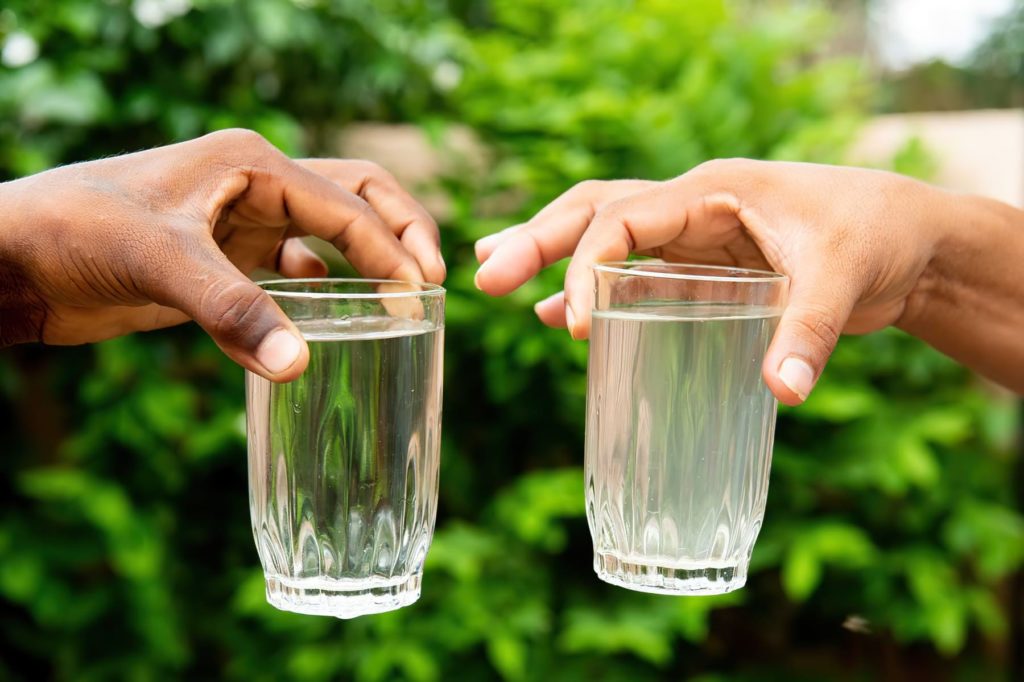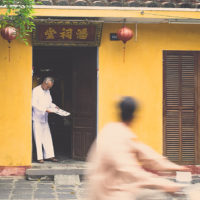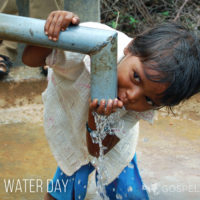WILLS POINT, TX – Gospel for Asia (GFA World and affiliates like Gospel for Asia Canada) founded by KP Yohannan, issued this Special Report update on the ongoing global water crisis, highlighting tap water safety problems in the USA, and clean water challenges in Asia.
In my original special report for Gospel for Asia titled The Global Water Crisis, I explored worldwide solutions to humanity’s need for pure, safe water. This update explores tap water safety concerns in the United States and what to do about those, plus clean water solutions in Asia and practical ways you can help.
Generally, I choose orchids with the most buds on them, calculating that there is some energy for growth hiding in these promises of future blooms. My scheme, however, generally degenerates in a wilting kind of reality. The bulbs dry up, turn to tissue-like paper and fall into the potting soil.
This year, however, I affirmed my husband’s comments with some surprise. Even in January, the orchids seemed still to be doing really well. The butterfly-like blooms were all strong, white and crisp. There was no browning around the edges nor had any died. I’d trimmed back some dried-up roots, but that wasn’t too different from previous years. What seemed to be making the difference was that I had changed the water I used to keep the plants fresh.
I had stopped using tap water and used bottles of distilled water instead. This idea was stimulated when I observed an older gentleman loading up the trunk of his car with at least 20 to 30 gallon-size bottles of water.
“You’re going to do more than just drink the water, I hope?” I said as I moved past him toward the grocery store.
“Yes, ma’am,” he replied. “My wife is having trouble growing orchids, so we’re going to try distilled water for a while.”
“I have trouble growing orchids,” I called back. “Maybe I’ll pick up some bottles.”
Which, indeed, I did and have been using that to water my plants every week since, with the results that even my husband noticed and commented on how well the orchids were doing.
Distilled water, for those who don’t know, has been boiled in a vat, leaving impurities behind. This process removes harmful microbes (and also beneficial minerals such as calcium and magnesium). The steam eventually re-condenses, leaving a liquid behind that apparently helps my orchids thrive.
Most people will not deny this truism: Certain kinds of life thrive with certain kinds of water. Of course, this applies to human well-being as well as to plant health.
Like my orchids, people around the globe are affected adversely by the water they consume. On one continent, dirty water pollutes whole communities. On another, tap water contaminates our kitchens.


Despite the Safe Drinking Water Act,
3,000 Areas in the U.S. Have Lead-Contaminated Water
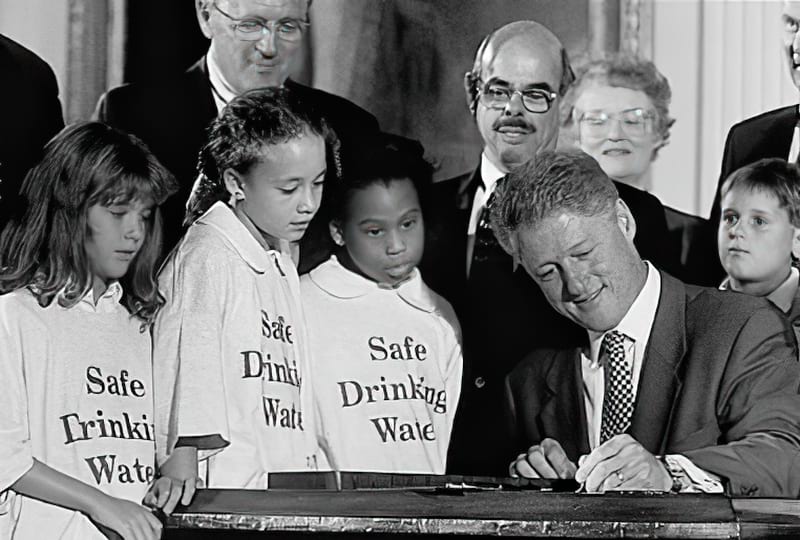
Photo by US Environmental Protection Agency
To ensure water safety, the Safe Drinking Water Act (SDWA) was originally passed by the U.S. Congress in 1974 to protect public health by establishing regulations about drinking water. According to a paper issued by the Environmental Protection Agency, “The law was amended in 1986 and 1996 and requires many actions to protect drinking water and its sources—rivers, lakes, reservoirs, springs, and ground water wells. … SDWA authorizes the United States Environmental Protection Agency (US EPA) to set national health-based standards for drinking water to protect against both naturally occurring and man-made contaminants that may be found in drinking water.”
Unfortunately, today, much of the water supply in the United States, despite the SDWA, is at risk. The Environmental Protection Agency urges that drinking water safety cannot be taken for granted: “There are a number of threats to drinking water: improperly disposed of chemicals, animal wastes, pesticides, human threats, wastes injected underground, and naturally occurring substances can all contaminate drinking water. Likewise, drinking water that is not properly treated or disinfected, or which travels through an improperly maintained distribution system, may also pose a health risk.”
lead-poisoning rates at least double to those in Flint
during the peak of that city’s contamination crisis.
The most notable example of U.S. water source contamination, which captured the attention of much of the nation, was from Flint, Michigan, where analysis revealed that the town’s drinking water was lead-contaminated and was poisoning much of the citizenry of that community. However, even more shocking was the discovery that Reuters, the international news agency, reported: “Nearly 3,000 areas [of the country had] recently recorded lead-poisoning rates at least double those in Flint during the peak of that city’s contamination crisis. And more than 1,100 of these communities had a rate of elevated blood tests at least four times higher.”

Photo by Min Tang and Kelsey Pieper
How Lead Poisoning Affects the Human Body
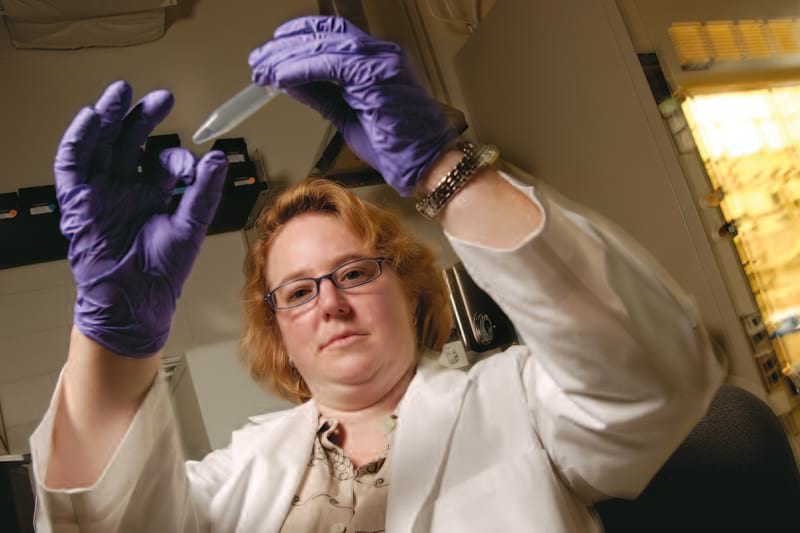
How does lead poison the human body? The World Health Organization (WHO) released a paper titled “Lead poisoning and health,” which listed the key facts:
- Lead is a cumulative toxicant that affects multiple body systems and is particularly harmful to young children.
- Lead in the body is distributed to the brain, liver, kidney and bones. It is stored in the teeth and bones, where it accumulates over time. Human exposure is usually assessed through the measurement of lead in blood.
- Lead in bone is released into blood during pregnancy and becomes a source of exposure to the developing fetus.
- There is no level of exposure to lead that is known to be without harmful effects.
- Lead exposure is preventable.
The symptoms of lead poisoning are varied and alarming as WHO warns. These include behavioral changes because brain development is affected: reduced attention span, increased antisocial incidents and failing educational achievement. Anemia, hyperactivity, toxicity to the reproductive organs, blood-pressure-level impacts and renal impairment are some of the signs of lead exposure. Experts believe neurological and behavioral effects are irreversible.
Consequently, not only is the former statement a truism—certain kinds of life thrive with certain kinds of water—but we can logically agree with the experts that polluted water is not the optimum nutrient for mankind. Poisoned water creates life-diminishing conditions for most and particularly for the developing brains and neurological systems of the young.
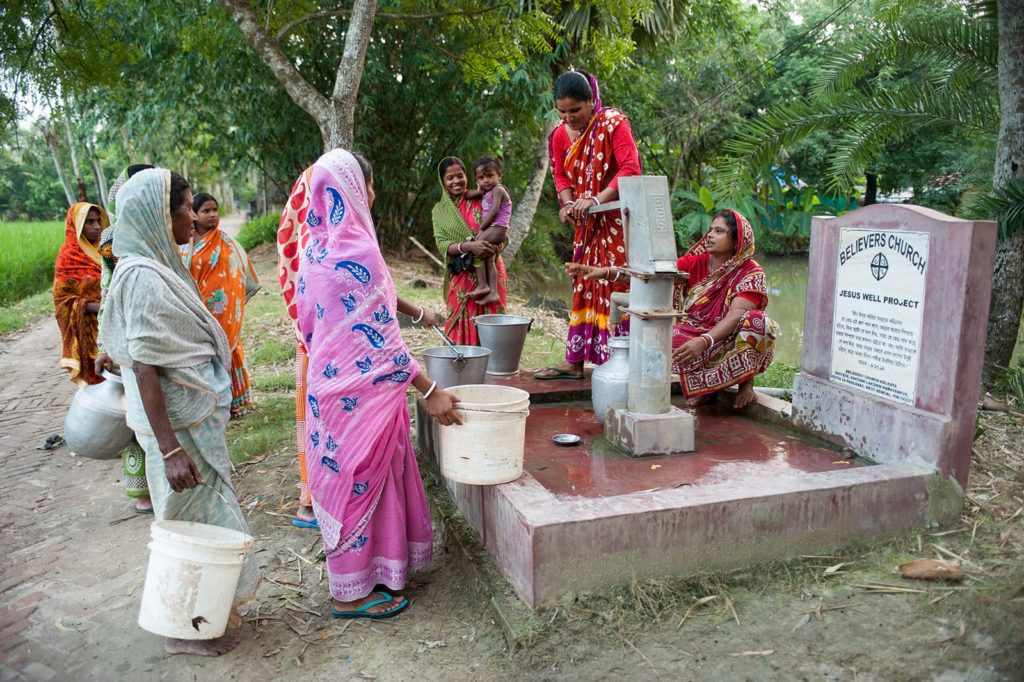


Reasons for Unsafe Water Supplies in the United States
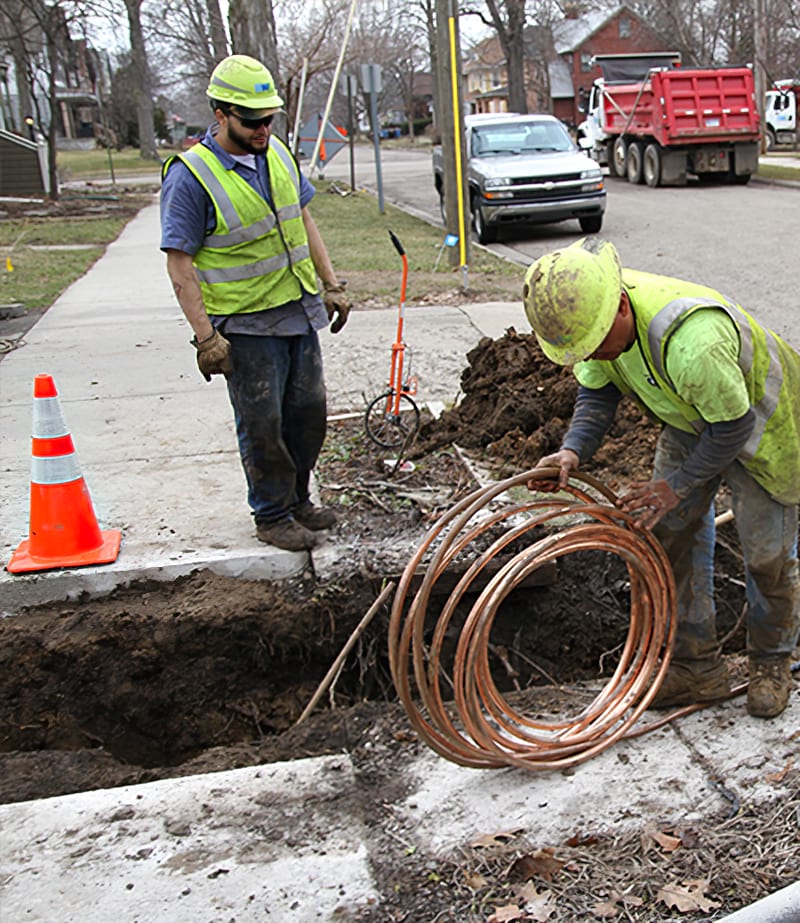
Photo by American Water Works Association
If there is no acceptable level of lead in drinking water, the question must be posed: Why are so many municipalities, homeowners and schools still finding lead in their systems today?
An article by Rachel Layne in MoneyWatch concludes: “One reason may be aging infrastructure and the cost to replace old water pipes and lead solder used in household plumbing. Drinking water is delivered via 1 million miles of pipes across the U.S., much of them laid in the early- to mid-20th century with a lifespan of 75 to 100 years.”
The American Society of Civil Engineers estimates that those pipes are being replaced at an average rate of 0.5 percent a year.
“At that pace,” Layne notes, “it would take roughly two centuries to renew the whole system at a cost of around $1 trillion, according to one estimate by the American Water Works Association.”
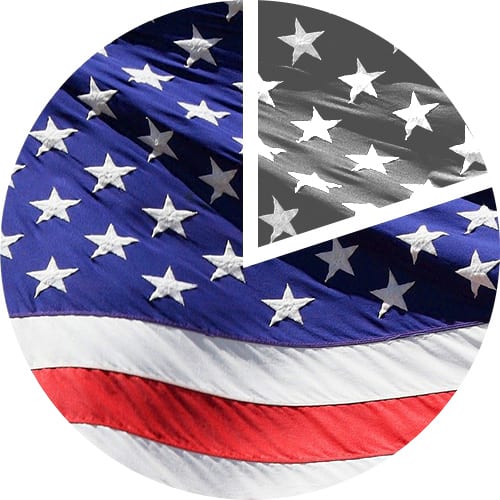
In fact, as many as 63 million people—nearly one-fifth of the United States—were exposed to potentially unsafe water more than once during the past decade, according to a News21 investigation of 680,000 water-quality and monitoring violations as reported by the EPA.
That finding highlights “how six decades of industrial dumping, farming pollution and water plant and distribution pipe deterioration have taken a toll on local water systems.” According to this report, many local water-treatment plants are not equipped or can’t afford to strain out contaminants. In addition, much of the corroding water-distribution systems are susceptible to lead contamination, leaks in the lines, and consequent bacterial growth due to the instability of this aging infrastructure.



What Can One Concerned Citizen Do?
So, what is to be done? At this point, it behooves a water-drinking citizenry to act responsibly.
My husband and I live in an unincorporated area of a western Chicago suburb, and we have lived here for more than 40 years. Our water is pumped from our own well, which I have assumed to be “safe” water. However, after research conducted for this article, I realized I was relying too much on what might turn out to be unfounded assumptions, so I ordered a complete water-testing kit. When the kit comes, we can test our own water from the tap to determine what minerals exist in this liquid and whether or not there are contaminants. Then we will make plans—perhaps to install filters on certain faucets. If needed, that will require additional Internet research.
A citizen, concerned about his or her municipality’s water supply, can look up reports online as to the status of local sources. The mayor’s office of our little town of 27,000 has published a comprehensive “state of the water” report, which was mailed to all the addresses in our community; that report is also published on the Internet and identifies any possible trouble spots or any deep water reservoirs that may be problematic. If there are problems with our local water supply, then I have at least informed myself as to their existence. Our mayor also invites citizens who have questions, concerns or suggestions to meet with him once a month; questions about the safety of water supplies can be brought up in such a forum.
The point of this is:
Do not remain ignorant about your community’s water supplies, which most of us drink so casually without considering the quality of its content. (Remember my orchids.)
The following instances should give us all a heads-up warning:
- In Waukesha, Wisconsin, 18 miles west of Milwaukee, decades of radium contamination from the city’s underground aquifer prompted officials to draft a proposal to draw water from Lake Michigan for its 71,000 residents. The Great Water Alliance, a $200-million project, is expected to be completed by 2023.
- Thousands of rural towns have the most problems because communities often lack the expertise and resources to provide safe drinking water.
- In several Southwestern states, 2 million people received groundwater tainted with arsenic, radium or fluoride from their local water systems, with many exposed to these chemicals for years before hundreds of small, low-income communities could afford to filter them out. Some still haven’t cleaned up their water.
Ever wondered what’s causing those puzzling health problems—headaches, stomach troubles, your kids’ irascibility and/or inability to pay attention in class? Maybe there’s something in the water. Check it out.
Healthy water—clear, clean and pure—is one of the great gifts of the Creator to the inhabitants of earth. However, as part of our God-given mandate as caretakers of this remarkable planet, we need to be responsible to guard our water sources, its supply and delivery systems, and to not take for granted what pumps from our wells or flows from our kitchen taps. We have all too often—I certainly am a guilty party—been sloppy stewards of our creation.
Despite the safe water, we assume, we are drinking, we need to be responsible and check out municipal reports or order water-testing kits to make sure. The Environmental Protection Agency has a paper online titled “Ground Water Rule: A Quick Reference Guide” (it’s a dense and comprehensive two pages of analytics, but helpful). If you feel better after changing the water you’ve been drinking, then drink more of the new supply. Health gurus insist that hydrating our bodies is a key principle to achieving better health and more productive daily function.



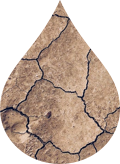
While the U.S. Struggles with Contaminated Tap Water,
Millions in Asia Remain Without Access to Any Clean,
Safe Drinking Water
In Asia, when water is scarce and miles must be traversed in order to attain it, then carry or haul it, pure and clean community wells become nearly miraculous when they are engineered and maintained.
One organization helping with this situation is Gospel for Asia, which has installed more than 30,000 clean water borehole wells in villages across South Asia, including 4,856 in 2019 alone. Gospel for Asia estimates that its clean water projects, consisting of wells in communities and BioSand water filters for families, are providing clean water to more than 37.5 million people to date. Yet the need is so great, much more has to be done.
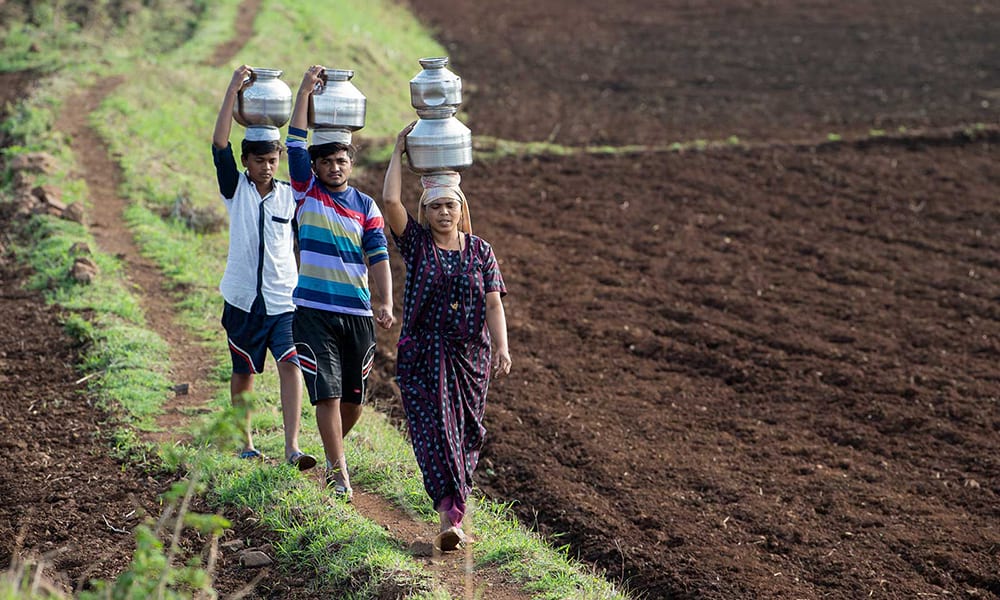




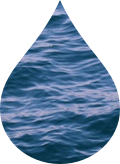
The Impact of a “Jesus Well” on One Community
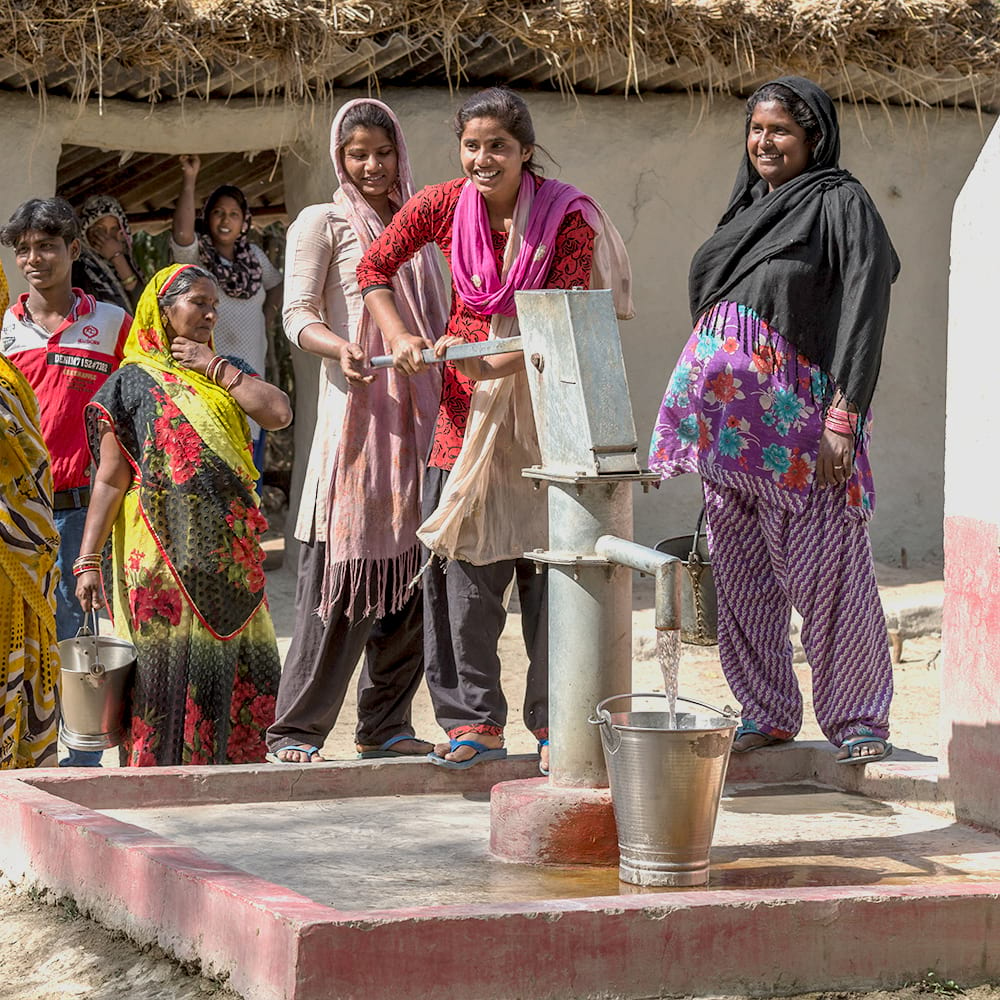
I love the story from the Gospel for Asia (GFA) archives about the life-changing impact of the “Jesus Wells” they help provide. Jesus Wells are most often sponsored by donors and installed in communities where access to clean water is difficult or non-existent.
A group of villagers huddled around a large hole, peering into the darkness. Feathers. Again. They let out a groan—not in grief over the dead chicken, although it was a loss for someone’s flock, but because it meant their well was contaminated. They gathered buckets and emptied the well late into the night. All that precious water wasted because of one little hen.
This well and a small pond had the job of providing water for this village, but they frequently failed their task. In summertime, the well and pond dried up and had to be dug deeper. When the heavy rains came, water filled the pond again, but it was accompanied by leaves, garbage and cow manure. The families in this community needed water, but using dirty water exposed them to bouts of typhoid, diarrhea and other dangerous waterborne illnesses. Something had to change—but none of them could fix their deadly problem.
The community’s water crisis began changing when Aarnav, one of the young men in the village, met a Gospel for Asia (GFA)-supported pastor, Saadhik, serving in a nearby area. Aarnav built a strong relationship with Pastor Saadhik and joined his congregation regularly to worship the Lord. Pastor Saadhik visited Aarnav’s family frequently to encourage them in the Lord. During one of those visits, the pastor learned of the village’s extreme need for water.
Although countless other communities in Aarnav’s nation face water shortages every year, Pastor Saadhik felt a special burden for Aarnav’s village. His compassion grew into a commitment to pray for the community’s need—for several years.
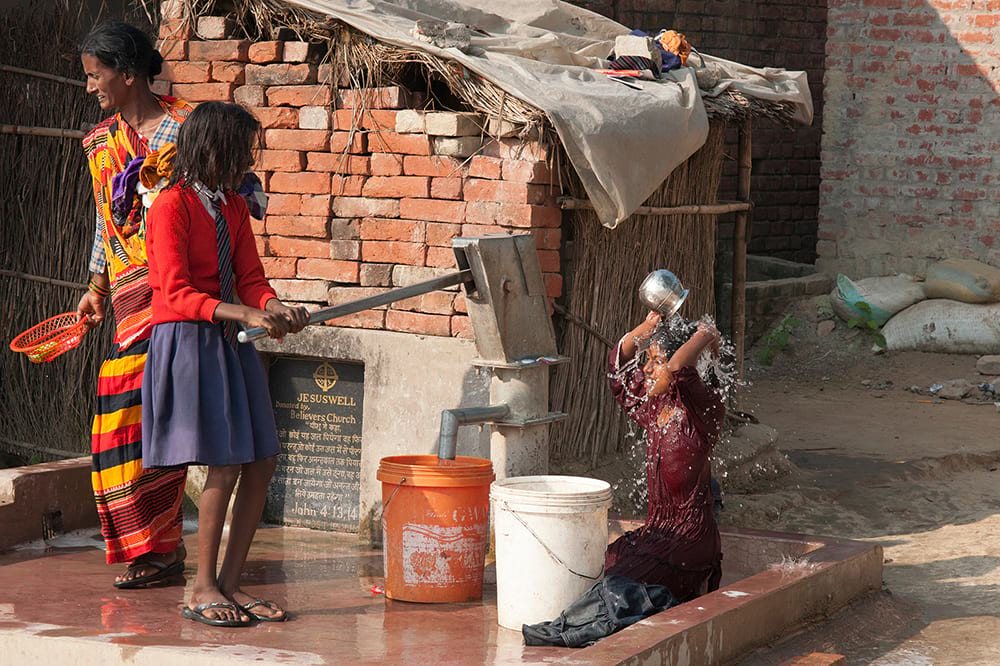
After four years of faithful intercession, Pastor Saadhik’s prayers were answered. Thanks to the generosity of people around the world, Gospel for Asia (GFA)-supported workers arranged for Aarnav’s village to receive a Jesus Well at no cost to the community. Sitting atop enclosed pipes that dive deep into the low water table, the bore well now gushes clean water all year long.
Aarnav’s community finally has the change they needed! Overjoyed, around 100 people fetch their water from the Jesus Well instead of the compromised pond or open well. It doesn’t matter how many chickens or cows gather around the Jesus Well; nothing can contaminate their water anymore.
Let’s support organizations like Gospel for Asia (GFA) that are bringing thousands of bore wells that supply life-giving water to people—water that is available in little villages and crowded slum communities and not miles down some dusty or muddy road. What a gift clean water is, and what a gift to make it available to thirsty people worldwide.
Give Towards Clean Water Projects
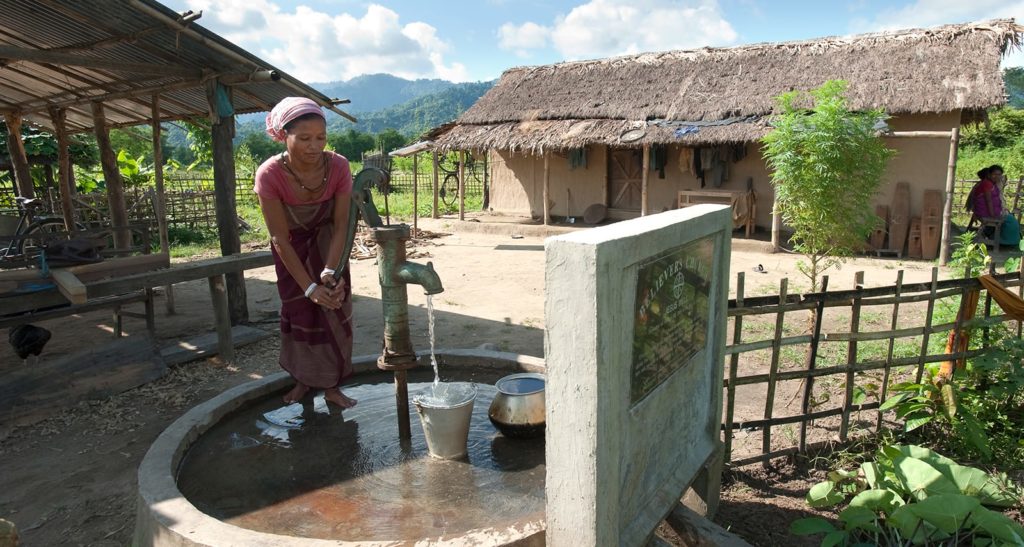





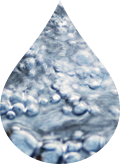
Jesus Compares Himself to Fountains of Water
Perhaps, even more remarkable, Christ used water (let us assume it was pure, clean and healthy water) as a metaphor for His own life-giving capability.
“Jesus answered and said to her: ‘Whoever drinks of this water will thirst again, but whoever drinks of the water that I shall give him will never thirst. But the water that I shall give him will become in him a fountain of water springing up into everlasting life’” (John 4:13–14).
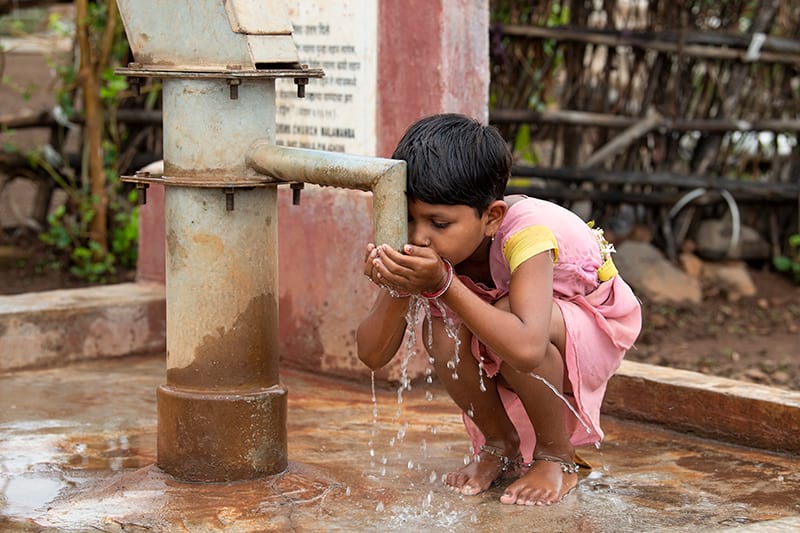
Several summers back, my family attended the Iowa State Fair with my brother and his wife (who live in Des Moines). I’ve rarely bought tickets to popular music concerts—David and I are more the Chicago Symphony Orchestra types—but this summer, we did sit in the grandstands to hear a live concert featuring Carrie Underwood. Carrie, an avowed Christian, basically gave a gospel-music concert, with most of the people in the audience singing along to the lyrics they obviously knew by heart.
One of her songs that has stuck with me since that summer was “Something in the Water,” with water baptism being the theme:
No way out, no one to come and save me
Wasting a life that the Good Lord gave me
Then somebody said what I’m saying to you […] They said, “Just a little faith, it’ll all get better”
So I followed that preacher man down to the river
And now I’m changed
And now I’m stronger
There must’ve been something in the water
Oh, there must’ve been something in the water
Yep, even the orchids know what kind of water they need and flourish when it is supplied. Humans are the same.
Yep, even the orchids know what kind of water they need and flourish when it is supplied. Humans are the same.
How wonderful that local churches all across Asia use clean water to meet physical need and employ the powerful life-giving metaphor for the One who supplies those He loves with everything they need spiritually. “Whoever drinks of the water that I shall give will never thirst . . .” Believe me, there are no toxins or poisons, no arsenic or radium in this spiritual gift.
There is no lead in this Living Water. This, indeed, is the water we all need to thrive.
Give Towards Clean Water Projects
About Gospel for Asia
Gospel for Asia (GFA World) is a leading faith-based mission agency, bringing vital assistance and spiritual hope to millions across Asia, especially to those who have yet to hear the “good news” of Jesus Christ. In GFA’s latest yearly report, this included more than 70,000 sponsored children, free medical camps conducted in more than 1,200 villages and remote communities, over 4,000 clean water wells drilled, over 11,000 water filters installed, income-generating Christmas gifts for more than 200,000 needy families, and spiritual teaching available in 110 languages in 14 nations through radio ministry. For all the latest news, visit our Press Room at https://press.gfa.org/news.
Read more news on the World Water Crisis and Gospel for Asia on MissionsBox News.
This Special Report originally appeared on gfa.org.
Read another Special Report from Gospel for Asia on Solving the World Water Crisis … for Good — Lasting Solutions Can Defeat an Age-old Problem
What Christian Leaders have to say about Gospel for Asia

